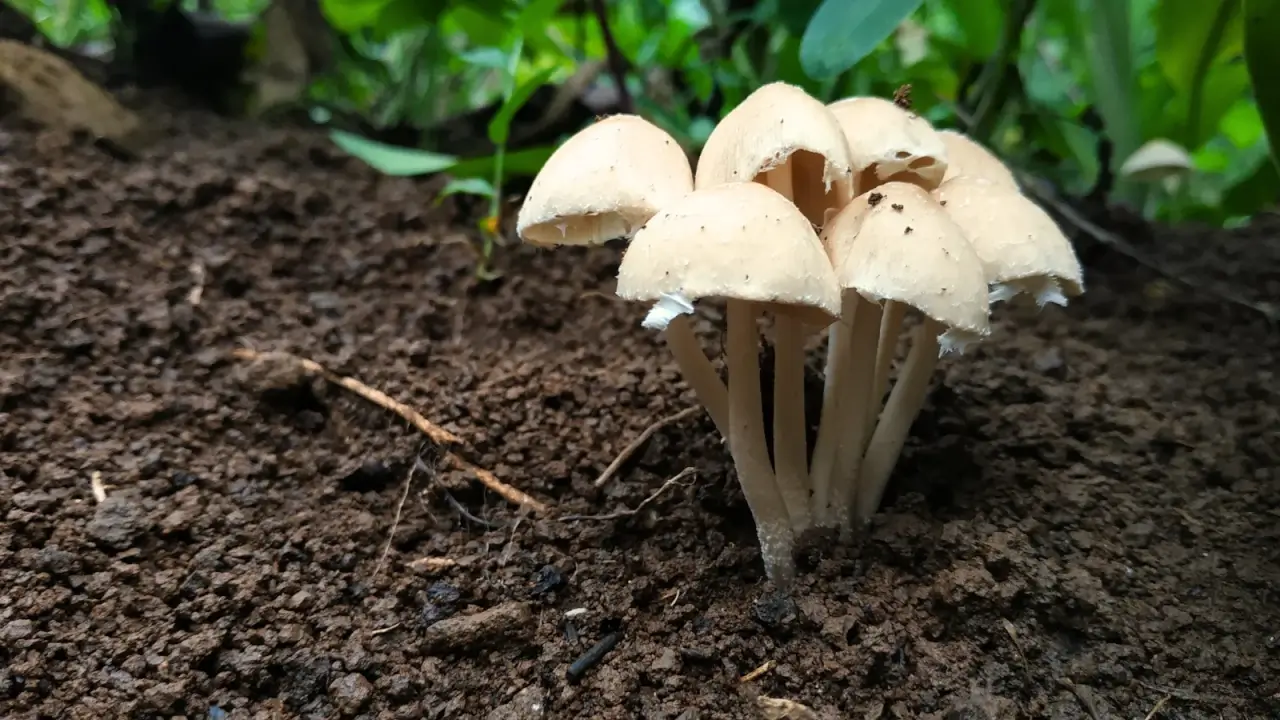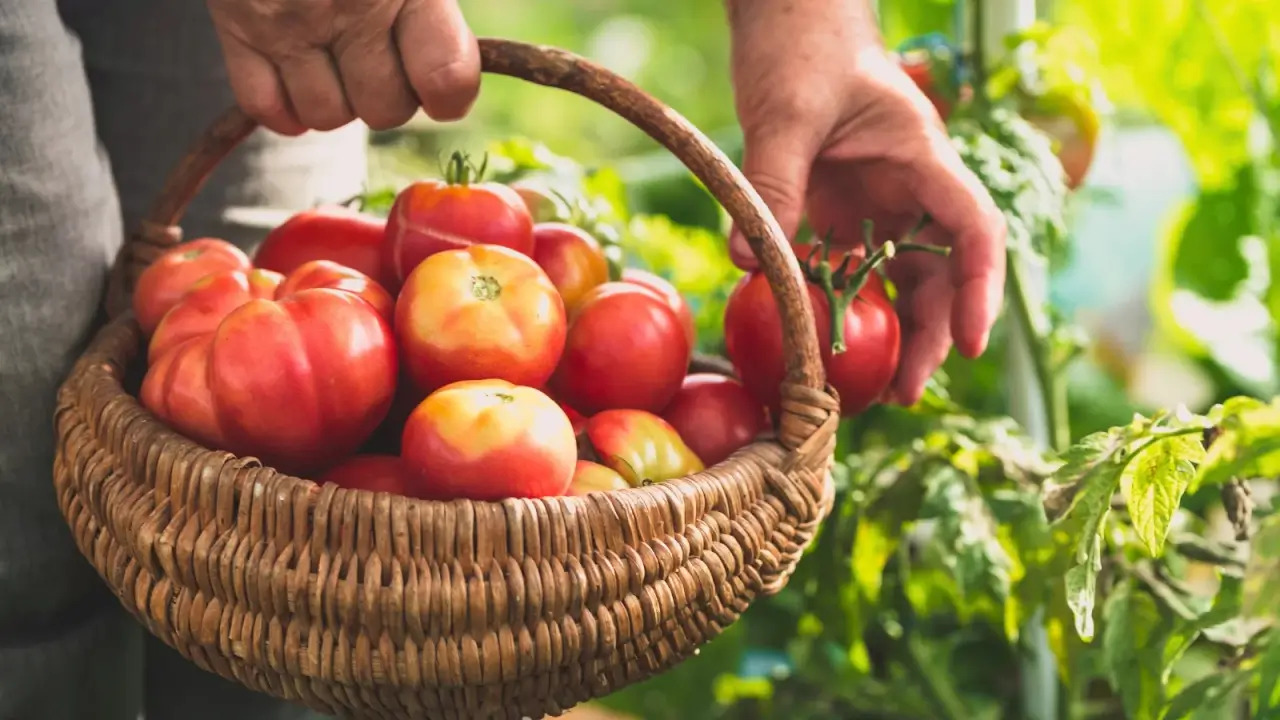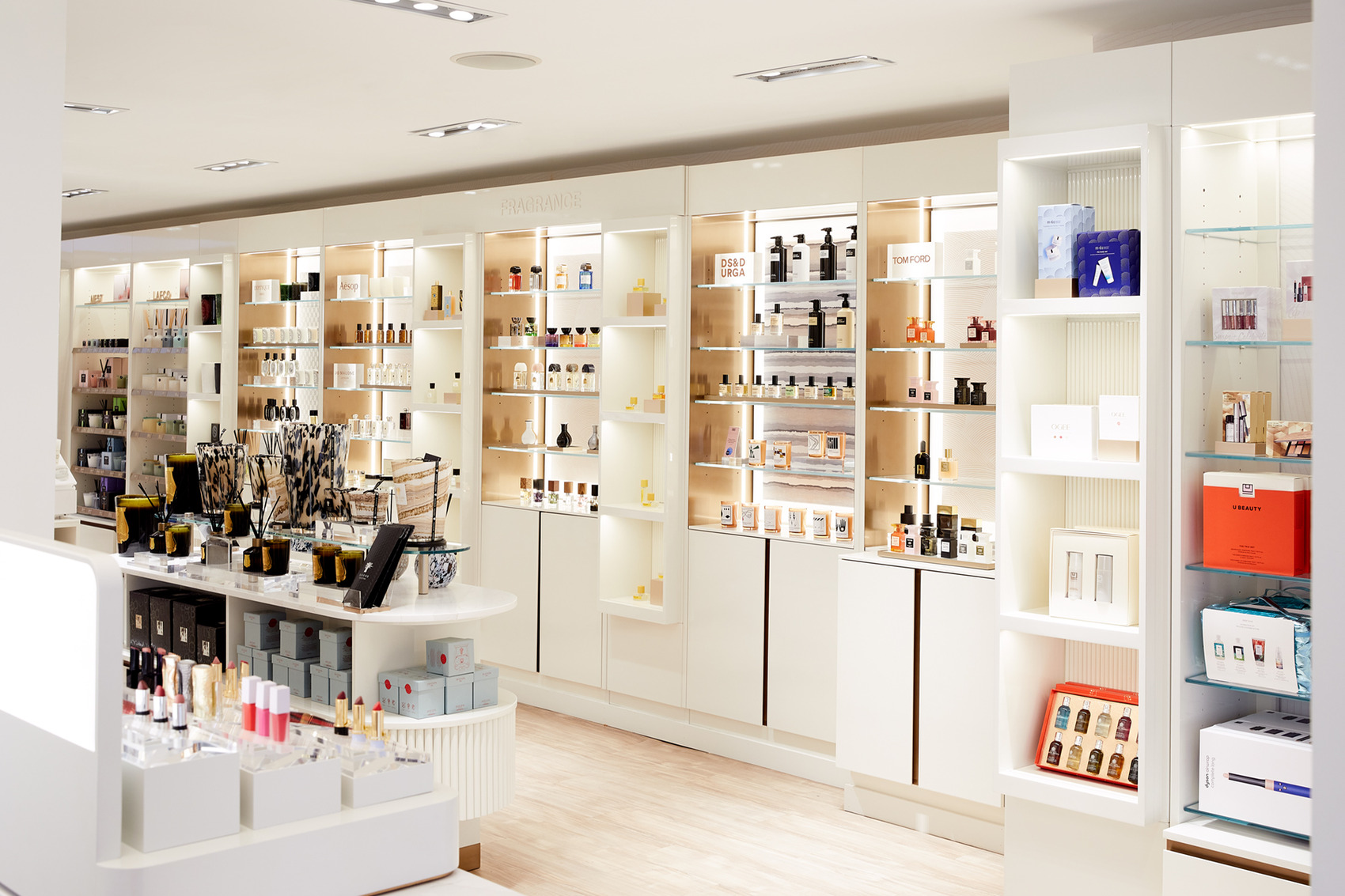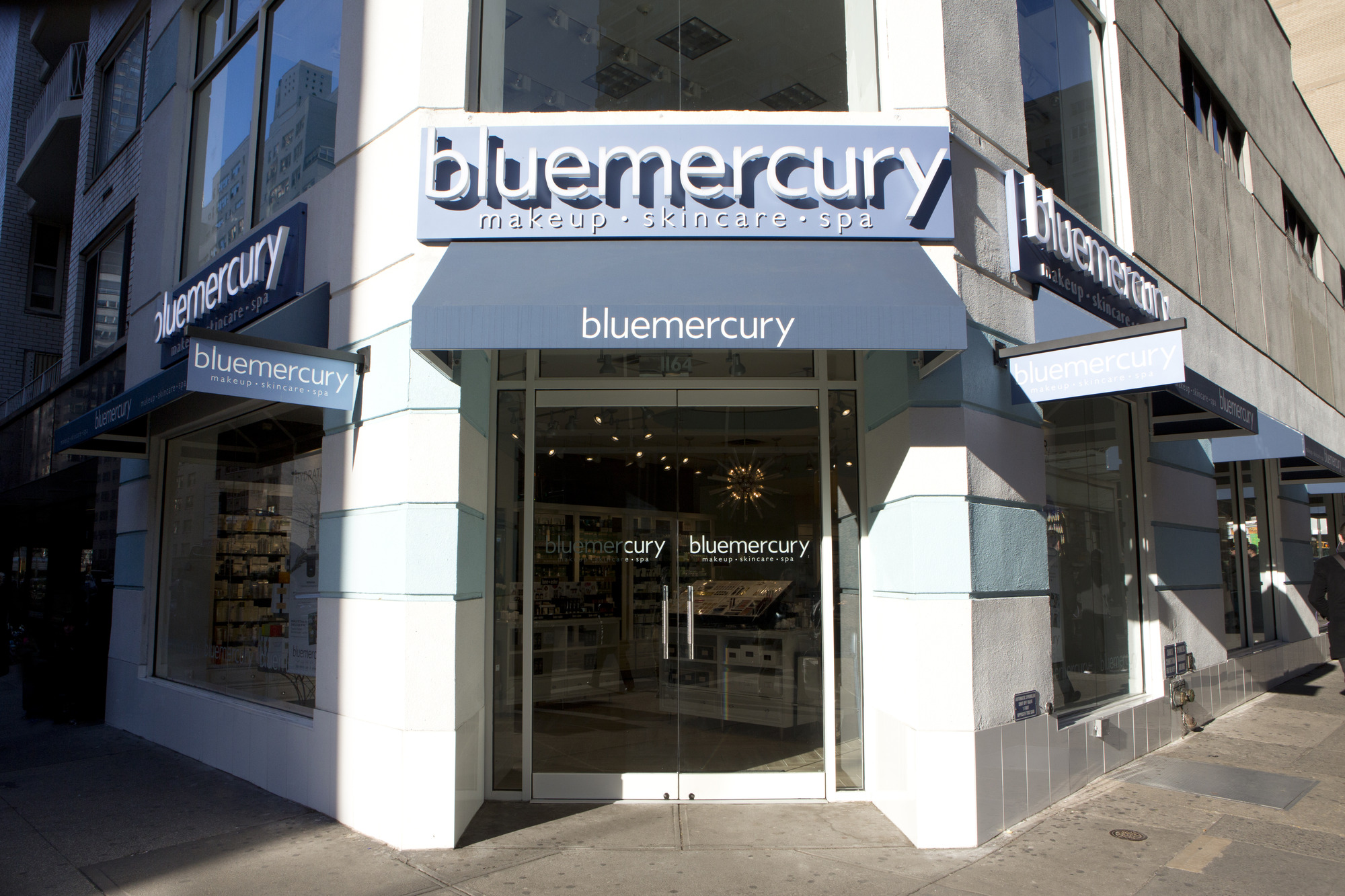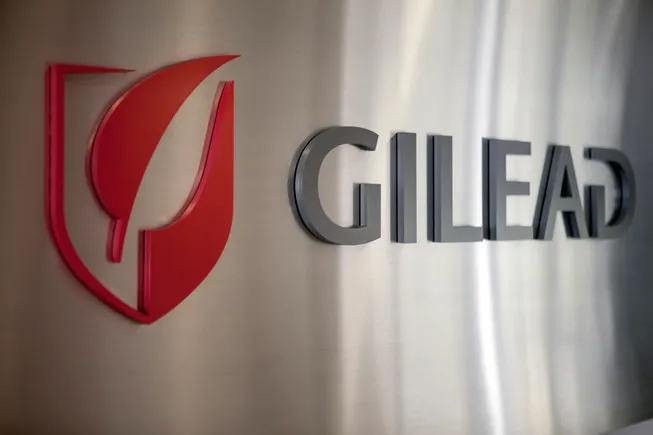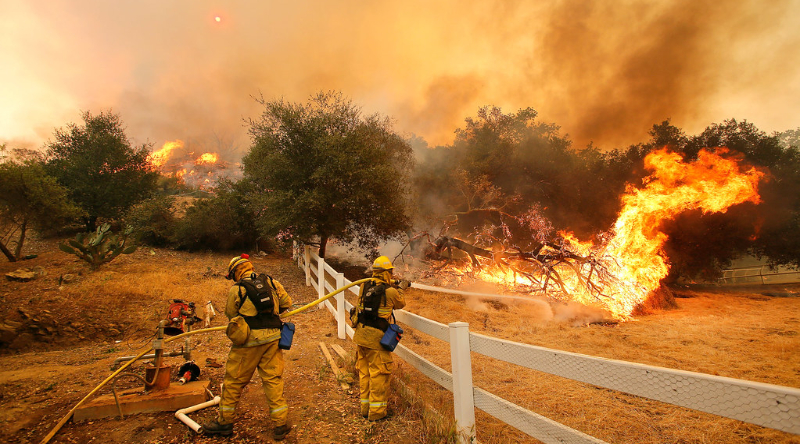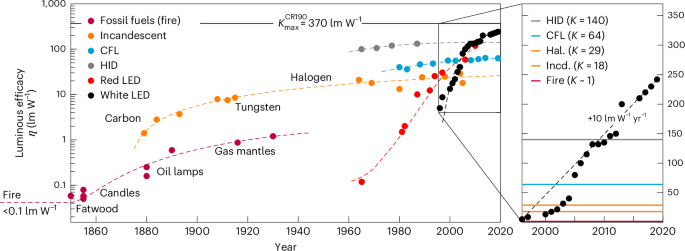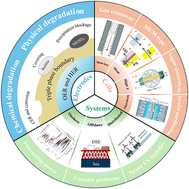Vins de Provence MD ‘cautiously optimistic’ for 2025
Provençal rosé suffered a slight dip in global shipments last year, but Vins de Provence MD Brice Eymard is “cautiously optimistic” for 2025. Patrick Schmitt MW finds out why. The post Vins de Provence MD ‘cautiously optimistic’ for 2025 appeared first on The Drinks Business.

Provençal rosé suffered a slight dip in global shipments last year, but Vins de Provence MD Brice Eymard is “cautiously optimistic” for 2025, and Patrick Schmitt MW finds out why.
 As the benchmark pink wine producing region, the sales performance of Provence is always of particular interest. After all, if this powerful and popular source of pale rosé is struggling, then it doesn’t bode well for the rest of the pink wine market – or indeed, anyone in the business of selling refreshing alcoholic drinks.
Thankfully, Provence is proving resilient, and expects to move from a position of minimal decline to marginal growth in the year ahead, due to investment by the region in marketing and promotion, as well as, it’s hoped, better weather in Europe this summer, compared to the last.
As for 2024, according to Vins de Provence MD Brice Eymard, like almost every area of wine production, the famous French rose-making region has not been immune to the downturn in wine demand over the past couple of years.
“Sales could be better, but we are not in a crisis, especially if you compare us to other wine regions,” he said, when I met Eymard in Provence last month. Continuing he recorded, “2023 was difficult because of the economic context, above all the high level of inflation, while 2024 was better, but we have a small decrease in sales.”
That decline can mostly be attributed to one market, he added, and to forces outside his control. He explained, “The sales decrease is because the French market has been down by approximately 6% in the off-trade due to the weather,” he said, pointing out that the domestic market accounts for almost 60% of all Provence’s sales, and it is strongly impacted by the quality of the summer.
“The weather has a big impact on rosé sales in France,” he stressed, before recalling that conditions were not as sunny and dry as usual across much of the nation.
Offering a contrasting situation were exports, which rose by 4% last year, meaning that overall, Provence saw sales dip by 3% in volume. In terms of the region’s big foreign markets, the largest, which is the US, increased by 4% in 2024, although Eymard said that such growth was artificially bolstered by a lot of shipments in December, ahead of then President-elect Trump’s inauguration, to ensure the wines were in the market before tariffs were applied.
As for the UK, that dipped in 2024, falling 3% in volume and value.
As for the future, Eyrmard is, in his own words, “Cautiously optimistic”. This is because he senses that supply chains aren’t holding any excess wine. “This year, from what we hear, there is no more stock in the market, the pipeline is clear, and that’s why orders at the beginning of the year have been better [than they were in early 2024] and it’s why the producers are more confident.
In other words, the slowdown in shipments of Provencal rosé in 2023 and 2024 was partly due to over-ordering in 2022, when a post pandemic boom in demand encouraged importers and retailers to buy more than they needed, or rather, required to sate long term consumption trends as opposed to a temporary surge.
But if there is to be growth in 2025, where will it come from?
“It is everywhere,” says Eymard, before explaining that an overall increase for Provencal rosé sales will only be achieved from growth in lots of markets, rather than any single major fresh source of demand. “I don’t think there will be a new market like the UK or US that will be strong and quick,” he suggests, adding, “The only market that can do this is China, and it is not the same now as it was 10 years ago, and the Chinese don’t drink rosé.”
Continuing he says, “The biggest potential is in Europe,” noting that certain large markets for wine such as Germany, the Netherlands and Switzerland are not large markets for Provençal rosé, and hence his optimism.
Nevertheless, the priority markets for the region are France, the US and UK, as the top 3 sources of demand, while he hopes to develop places such as Japan, Korea and Singapore, which are currently only minor consumers of pink wine. Also, within the US, he points out that much of the rosé consumption is on the east coast, and hence an aim to develop other parts of North America, such as Texas and Chicago.
What about the threat of 25% tariffs on wine from Provence (along with the rest of Europe)? Eymard says, “A large part of the wines for this year were shipped to the US between December and February, so, while of course we are worried about the impact of tariffs on sales of Vin de Provence in the US, it will be a problem more for next year, because most of the wines for this year have been shipped already.”
One area that is key for the success of Provence is the local area itself. Eymard says the region benefits from “30 million nights annually”, referring to the number of bookings in hotels and other forms of accommodation, with 40% of those from foreign visitors. This doesn’t reflect the fact “there are also a lot of second homes” in Provence, which bring an additional boost to the region. In summary, he says, “We reckon we are the most touristic place in France behind Paris.”
With this in mind, his aim it to ensure that the region capitalises on its appeal for visitors by enhancing oenotourism in Provence. “It is important to speak about rosé from Provence along with the sea and the lavender,” he says, intimating that the wine has not received the attention it should. Noting that the vineyards of the region “have to become one of our symbols”, he also says that there are 350 wineries with some form of visitor offer, from tours to shops, restaurants to activities. “We have a large offer, and we want to link it better with the demand to increase wine tourism,” he says, noting that Vins de Provence are building a website and app to help tourists find wine-related activities around them.
Finally, he mentions work to raise the profile of Vins de Provence, such as partnering with the Aix-en-Provence on a major event this year dedicated to the painter Paul Cezanne, such a tastings from a “modern wine truck”. The organisation is also investing in posters promoting the region’s wines in airports in the south of France and the UK.
Summing up he says, “We want to be stronger with Vins de Provence; the competition is stronger, and we need to invest in the brand.” He adds, “20 years ago we were a bit alone, but not anymore – now we have to really work on our leadership.”
Then of course there’s the weather. Rosé sales, especially those from Provence, are closely linked to the conditions outside, and Eymard is hopeful for better weather this year, both in his home region and elsewhere in Europe. And if the sun is out, and Vins de Provence are being prominently promoted, then one can understand why – despite the many threats to growth in the wine market – Eymard is ‘cautiously optimistic’.
As the benchmark pink wine producing region, the sales performance of Provence is always of particular interest. After all, if this powerful and popular source of pale rosé is struggling, then it doesn’t bode well for the rest of the pink wine market – or indeed, anyone in the business of selling refreshing alcoholic drinks.
Thankfully, Provence is proving resilient, and expects to move from a position of minimal decline to marginal growth in the year ahead, due to investment by the region in marketing and promotion, as well as, it’s hoped, better weather in Europe this summer, compared to the last.
As for 2024, according to Vins de Provence MD Brice Eymard, like almost every area of wine production, the famous French rose-making region has not been immune to the downturn in wine demand over the past couple of years.
“Sales could be better, but we are not in a crisis, especially if you compare us to other wine regions,” he said, when I met Eymard in Provence last month. Continuing he recorded, “2023 was difficult because of the economic context, above all the high level of inflation, while 2024 was better, but we have a small decrease in sales.”
That decline can mostly be attributed to one market, he added, and to forces outside his control. He explained, “The sales decrease is because the French market has been down by approximately 6% in the off-trade due to the weather,” he said, pointing out that the domestic market accounts for almost 60% of all Provence’s sales, and it is strongly impacted by the quality of the summer.
“The weather has a big impact on rosé sales in France,” he stressed, before recalling that conditions were not as sunny and dry as usual across much of the nation.
Offering a contrasting situation were exports, which rose by 4% last year, meaning that overall, Provence saw sales dip by 3% in volume. In terms of the region’s big foreign markets, the largest, which is the US, increased by 4% in 2024, although Eymard said that such growth was artificially bolstered by a lot of shipments in December, ahead of then President-elect Trump’s inauguration, to ensure the wines were in the market before tariffs were applied.
As for the UK, that dipped in 2024, falling 3% in volume and value.
As for the future, Eyrmard is, in his own words, “Cautiously optimistic”. This is because he senses that supply chains aren’t holding any excess wine. “This year, from what we hear, there is no more stock in the market, the pipeline is clear, and that’s why orders at the beginning of the year have been better [than they were in early 2024] and it’s why the producers are more confident.
In other words, the slowdown in shipments of Provencal rosé in 2023 and 2024 was partly due to over-ordering in 2022, when a post pandemic boom in demand encouraged importers and retailers to buy more than they needed, or rather, required to sate long term consumption trends as opposed to a temporary surge.
But if there is to be growth in 2025, where will it come from?
“It is everywhere,” says Eymard, before explaining that an overall increase for Provencal rosé sales will only be achieved from growth in lots of markets, rather than any single major fresh source of demand. “I don’t think there will be a new market like the UK or US that will be strong and quick,” he suggests, adding, “The only market that can do this is China, and it is not the same now as it was 10 years ago, and the Chinese don’t drink rosé.”
Continuing he says, “The biggest potential is in Europe,” noting that certain large markets for wine such as Germany, the Netherlands and Switzerland are not large markets for Provençal rosé, and hence his optimism.
Nevertheless, the priority markets for the region are France, the US and UK, as the top 3 sources of demand, while he hopes to develop places such as Japan, Korea and Singapore, which are currently only minor consumers of pink wine. Also, within the US, he points out that much of the rosé consumption is on the east coast, and hence an aim to develop other parts of North America, such as Texas and Chicago.
What about the threat of 25% tariffs on wine from Provence (along with the rest of Europe)? Eymard says, “A large part of the wines for this year were shipped to the US between December and February, so, while of course we are worried about the impact of tariffs on sales of Vin de Provence in the US, it will be a problem more for next year, because most of the wines for this year have been shipped already.”
One area that is key for the success of Provence is the local area itself. Eymard says the region benefits from “30 million nights annually”, referring to the number of bookings in hotels and other forms of accommodation, with 40% of those from foreign visitors. This doesn’t reflect the fact “there are also a lot of second homes” in Provence, which bring an additional boost to the region. In summary, he says, “We reckon we are the most touristic place in France behind Paris.”
With this in mind, his aim it to ensure that the region capitalises on its appeal for visitors by enhancing oenotourism in Provence. “It is important to speak about rosé from Provence along with the sea and the lavender,” he says, intimating that the wine has not received the attention it should. Noting that the vineyards of the region “have to become one of our symbols”, he also says that there are 350 wineries with some form of visitor offer, from tours to shops, restaurants to activities. “We have a large offer, and we want to link it better with the demand to increase wine tourism,” he says, noting that Vins de Provence are building a website and app to help tourists find wine-related activities around them.
Finally, he mentions work to raise the profile of Vins de Provence, such as partnering with the Aix-en-Provence on a major event this year dedicated to the painter Paul Cezanne, such a tastings from a “modern wine truck”. The organisation is also investing in posters promoting the region’s wines in airports in the south of France and the UK.
Summing up he says, “We want to be stronger with Vins de Provence; the competition is stronger, and we need to invest in the brand.” He adds, “20 years ago we were a bit alone, but not anymore – now we have to really work on our leadership.”
Then of course there’s the weather. Rosé sales, especially those from Provence, are closely linked to the conditions outside, and Eymard is hopeful for better weather this year, both in his home region and elsewhere in Europe. And if the sun is out, and Vins de Provence are being prominently promoted, then one can understand why – despite the many threats to growth in the wine market – Eymard is ‘cautiously optimistic’.

